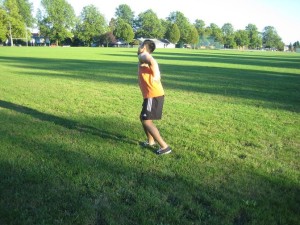Cauda equina syndrome is an uncommon but rare neurological ailment defined by anomalous weight and inflammation of the cauda equina nerves within the base of the spinal cord. It is generally brought about by damage or a herniated disc in the lower part of the back that crushes the nerve roots.
https://www.youtube.com/watch?v=alirIPgkucI
This condition is considered as a medical emergency that necessitates prompt medical attention. Nevertheless, the treatment is based on the underlying cause. If detected early and surgery is carried out, there is evident improvement in the motor and sensory function.
What are the possible risk factors?
The usual risk factors linked with cauda equina syndrome might include:
- History of spinal ailments such as lumbar spinal stenosis
- Osteoarthritis
- History of spinal surgery
Difficulty walking due to the progressing numbness or weakness in the feet and legs. - Spina bifida
- Spine infections
- Hemorrhage that affects the spinal cord
- Coagulopathy which is a bleeding condition that diminishes the ability of the body to form blood clots
- Spinal arteriovenous malformations
- Tumor or lesions that affect the spinal nerve roots, spinal bones or cerebrospinal fluid
What are the signs?
The indications of cauda equina syndrome strikingly resemble other health conditions. The start of the symptoms might arise abruptly or slowly over time.
The seriousness of the condition is based on the degree of compression and the specific nerve roots affected.
The common signs that might be present include:
- Lower back pain
- Difficulty walking due to the progressing numbness or weakness in the feet and legs
- Urinary retention (urinary incontinence)
- Tingling or numbness in the buttocks or lower extremities
- Saddle anesthesia which is loss of sensation in the buttocks and perineum
- Sexual dysfunction with impotence might occur in some cases
Management of cauda equina syndrome
The medical care for the syndrome is based on the original cause. For the pain and swelling, NSAIDs are given.
Generally, most cases of cauda equina syndrome is regarded as a medical emergency and requires surgery. The treatment options that might be carried out include microlumbar discectomy and lumbar laminectomy.

